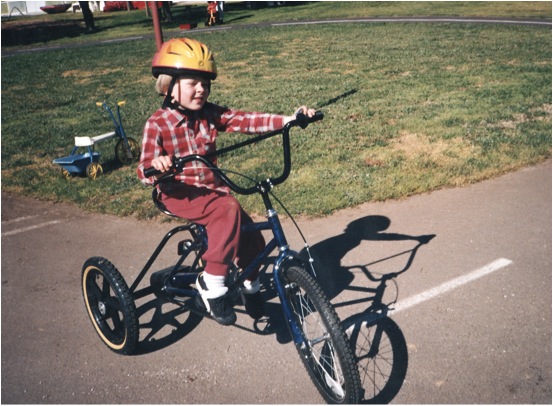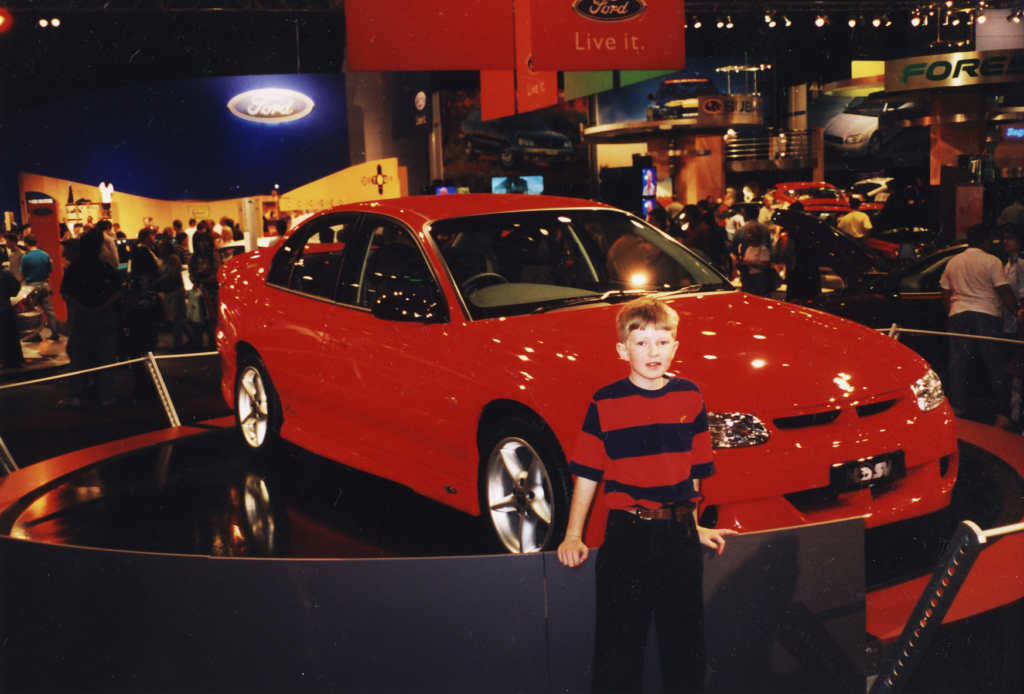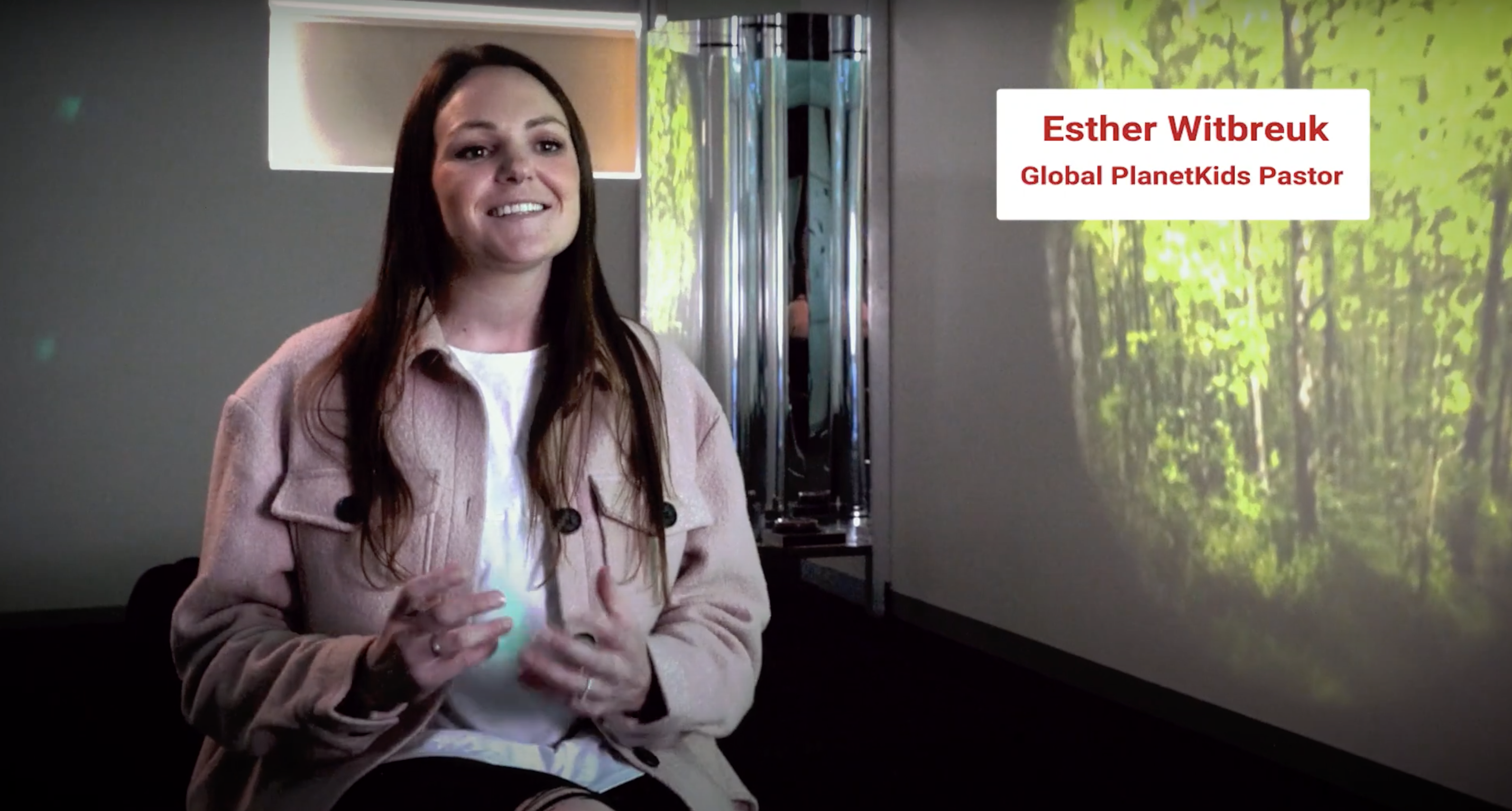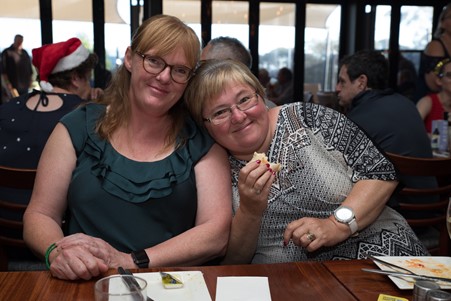Autism from the inside
July 7, 2022 | Author: Daniel Giles
Hi, I’m Daniel and I’m proudly Autistic. I live independently, work part-time as a graphic designer for Catholic Education Sandhurst, and run my own business Speaking Insights where I educate alongside my father on what being Autistic is like. I see the world differently as a result of being Autistic. I hope that by sharing my story, you will learn a little of what it means to be Autistic, and be able to structure your ministry to accommodate the needs of Autistic people.
My way of communicating and interacting socially is different to the neurotypical (non-Autistic) person – it’s like speaking another language. Although I have learnt to act like a neurotypical person, it can become exhausting to mask as a neurotypical person. This results often in high levels of anxiety along with social and communication difficulties, and the struggle to grasp abstract concepts. Just as I can be authentically myself with Jesus (though truth be told, I perhaps mask my Autistic self in front of him even though he knows fully what being Autistic is), I’d love to be more authentically myself out in society including the Christian community.
As a child, I had not yet grasped the adult concept of masking my Autism, and I didn’t speak before going to school (some people with Autism are non-verbal and may communicate using alternative communication, as Tim Chan does). I would spend my day running around, experiencing meltdowns when I could not tell people what I wanted or needed. I was also only beginning to comprehend the concept of what people were doing when they were speaking on the telephone by the time I turned six.

As a child, I had a lot of sensory dislikes (and still do) which I was unable to explain, such as the texture of orange juice, annoying sounds and the colour of various objects. In fact, I felt as if I just could not make sense of the world around me. I hardly remember what people said to me. If I try to play a video in my head of those early days, I remember music but I felt that the voices were just mixed around. I felt like an observer looking out at a blurry life I had no control of, like watching a video. I remember sensations of living life as if I were half-asleep, deaf or flying from one scene to another.
I attended a special school. During my lunchbreaks, I generally didn’t play with the other kids but would rather stim to process my day by flapping my arms, flicking sticks around and eating dirt and sand. When I was growing up in the 1990s, stimming was discouraged as it was seen as unusual. These days there’s much more acceptance of stimming as a means of self-regulation There was, however, a song on a Wiggles video called ‘The Flap Song’ that I would take as a cue to start flapping, despite being discouraged from it. Fast forward several decades later, stimming is now seen as simply part of what it means to be Autistic and is embraced as a means of self-regulation. A fellow Autistic self-advocate Prue Stevensen talks about stimming in her video ‘Stim Your Heart Out’.
I love the colour red and would prefer to wear red clothing rather than anything else. When I wore a navy and green school uniform, I would wear red undies and socks because the red items helped me to cope with wearing the uniform as I particularly disliked Navy Blue as a colour. This included the dreaded blue ink that we had to write with, and also the boring looking black and white worksheets we were given. I loved to correct my work with red ink; in fact, I liked red so much that I had tomato sauce on almost all of my food. Once I had tomato sauce on apple pie. Dad found out and I was never allowed to do it again!

As you can see in the photos, I am wearing a completely red outfit. I had a strong interest in cars at the age of nine, especially with red Holden Commodores. I was particularly pleased when my dad crashed his old white Holden Commodore and we got a Commodore that was painted red.

This photo is of me at the 1999 Melbourne International Motorshow, in front of a new Holden Commodore HSV. You can just see how the colour red overpowers this photo. I am also wearing black pants, something I didn’t like as a younger child but was now happy to wear (with a red t-shirt).
I experienced meltdowns for various reasons, such as when my everyday routines were disrupted, I couldn’t wear red clothes or when I was otherwise overwhelmed. I disliked loud or deep noises and I used to relate to deep sounds as black sounds. I called a radio or TV that was out of reception a white or grey sound and squeaky sounds red sounds. I particularly hated going on excursions in the mini-bus owned by my special school because of the droning noise (or black sound) made by the engine. As a child I experienced delays in developing verbal communication.
I also have dysgraphia, making my handwriting either very slow and laboured or fast and messy. I was however much better at touch-typing by the time I got to secondary school, so I used a computer for my schoolwork.
Throughout primary school and especially as I transitioned to mainstream school I continued to struggle with the neurotypical social world. I was more formal than my peer group with manners that I learnt and because I was different to my peers, I was teased and bullied.
In my late primary school years, I had a strong interest in heritage architecture. I enjoyed the Australian history subjects at school but I went through a stage in Grade Six and Year Seven where I had conversations with peers about cornices, particularly those in houses built during the nineteenth century. Cornices are basically similar to skirting boards in that they are a strip of plaster located where walls meet the ceiling. My peers probably didn’t take any notice of the designs of the cornices, let alone wanted to talk about them with me. It’s important for all of us to know that we have different interests and to learn skills that all us to be enriched by each others interests, so that my peers would respect me and I could in turn learn from their interests (though it’s hard for me to transition between different topics in conversation).
In secondary school, some of the challenges I faced included panicking to the point where I would experience meltdowns when the environment and workload seemed overwhelming. The unpredictable aspects of secondary school was a catalyst for this. I was also bullied regularly. When I’m stressed, it’s hard for me to think clearly.
It also took me longer to understand the adolescent social curriculum or the way other adolescents interacted with each other, however upon reflection, I think some neurotypical conversations seem meaningless to me anyway. I related more to people who had compassion towards me and as I later on contributed to the school community in various ways, fellow students respected me more. Adolescence was a great time for helping me understand the adult neurotypical social world so that I could adequately interact with the mostly neurotypical world. However, the neurotypical social world is a second language to me and it’s important that the neurotypical population understand the Autistic social world. There’s a meme that’s often shared on the I CAN Network Facebook page about an Autistic person’s social skills being quite awesome when they’re with other Autistic people.
Some approaches that help me feel more included
- Offering support to plan activities because a lack of structure means chaos in my mind.
- Considering that I may take things literally, so may need to translate the literal meaning of something to me.
- Helping me discover my purpose in life, celebrating my capabilities and making use of the gifts and talents God has given me.
- Avoiding judging my capabilities or intelligence based on my speech or how I appear.
- Allowing us to be comfortable in being ourselves, such as being able to stim freely as for us it can be a way of praising God.
- Offering material in a range of formats including sermons. I struggle to process auditory information, so information provided in a visual format is most helpful to me.
- When we experience meltdowns, allowing us the space to safely ride out the meltdown and providing reassurance once we begin to recover from the meltdown. Avoid having an audience around the person experiencing the meltdown or talking behind our backs as we can hear what you’re saying.
I hope reading some of my story provides you with a little insight into the mind of an Autistic person like myself. Although I’ve largely shared my childhood story, the Autistic experience of navigating the neurotypical social world, meltdowns, stimming and being misunderstood continues to occur in my adult life. I am learning everyday to embrace the Autistic person that God created me to be which while there’s aspects I find disabling (due to a world and church not necessarily built for Autism), I am proud to be me and see Autism as a gift to be embraced.
https://www.cbm.org.au/community-stories/autism-from-the-inside-daniel-giles
Related Stories

Planetshakers ‘Champions’ Ministry – Esther Witbreuk
In this video, Global Planetkids Pastor Esther Witbreuk from...

What the Bible taught me about my child born with an intellectual disability
When my son was born with Down Syndrome, I...

This is my body
I want to challenge you about your perceptions of the bodies of people with disabilities who are followers of Christ. Should they be hidden away from the church and cared...
